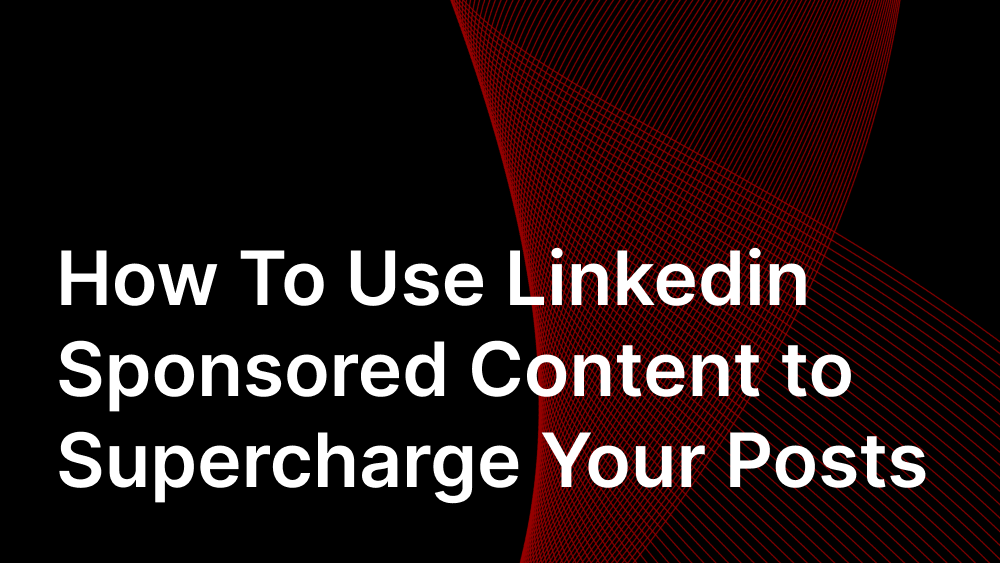Research suggests that 60% LinkedIn users do not visit Twitter regularly.
In terms of lead generation, LinkedIn is far and away the strongest social network. One study has shown that 80% of B2B leads come from LinkedIn in comparison with other social media platforms. The same research highlights the importance of LinkedIn content in driving B2B leads, with 94% of B2B marketers now distributing content across LinkedIn. It is a highly effective distribution tool, but it is vital that the content is of sufficiently high-quality.
The average senior manager reads ten pieces of content before making a decision. This means shared content must stand out to have an impact.
The average senior manager reads ten pieces of content before making a decision. This means shared content must stand out to have an impact.
LinkedIn offers some outstanding opportunities to ‘supercharge’ this content: sponsored content, sponsored InMail, dynamic advertisements, display advertisements and text advertisements. There is also the opportunity to pay-per-click or per-impression. This means (like YouTube) firms only pay for the advertisements that are consumed.
The most powerful reason to use LinkedIn’s sponsored solutions is that it offers unprecedented ability to target and reach very specific demographics. Want to target pension fund trustees in Hong Kong? LinkedIn can help you target this demographic.
Targeted advertisements mean that professionals see what is relevant to them and thus they are more likely to click on them.
Targeted advertisements mean that professionals see what is relevant to them and thus they are more likely to click on them. Additionally, sponsored content comes up on professionals’ news feeds and inboxes, and so it is more likely to be seen and read, leading to a higher conversion rate.
When putting out a print advertisement there is no guarantee of who will see it, and no feedback on the impact it has had. Print advertisements in key publications are in decline and are often extremely expensive. LinkedIn Sponsored Content is the opposite. You can set your own budget and select a target audience based on job titles, prospects, industries, relevant groups, company size and a range of other factors. This means that your content will only be seen by relevant LinkedIn members. You can then see how many click throughs to your website each campaign has generated, how many people have viewed your content and how many people have followed your account as a direct result of the campaign
Best practice tips
- You must follow normal compliance regulations when using LinkedIn Sponsored Content. This means staying away from content related to performance and fund marketing, and sticking to promoting insights and educational content.
- Campaigns require a minimum spend of just £1,000 to make an impact.
- To get a high click through rate ensure that your content is highly relevant to the audience targeted.
- Keep your audience as targeted as possible. It is better to have a few click throughs from relevant LinkedIn members, than many click throughs from a massive general audience.
- Divide your budget between different audiences to A/B test which audience produces superior results. If a campaign isn’t working, cut it off and reallocate the budget to a different audience.
Importantly, LinkedIn’s sponsored solutions enable the tracking, measurement and improvement of the content shared, meaning that each subsequent iteration of a company’s social marketing ought to be better than the last.


